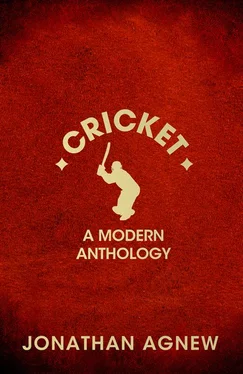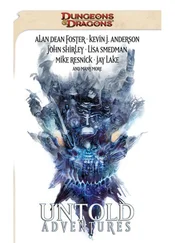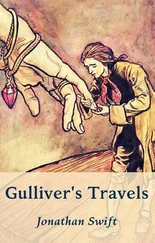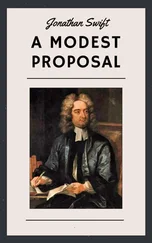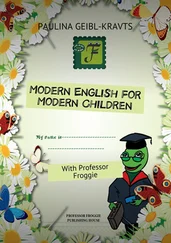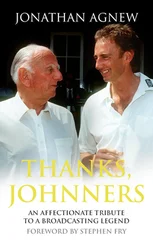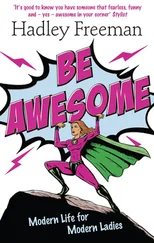Captains Alec Stewart of England and Hansie Cronje of South Africa toss up before the Second Test at Lord’s, June 1998
Allan Donald stares down Michael Atherton during the Fourth Test at Trent Bridge, July 1998
The first ever tied Test, Australia v West Indies, Brisbane, December 1960
Mark Boucher celebrates as the scoreboard shows South Africa have overtaken Australia’s record ODI score of 434, Johannesburg, March 2006
Ian Botham hooking Geoff Lawson during his innings of 149 not out in the Third Test at Headingley, July 1981
Bob Willis prepares to bowl during Australia’s second innings when he took eight for 43 to win the match, Headingley, July 1981
Ian Botham shakes hands with his captain Mike Brearley as England win the Fourth Test at Edgbaston by 29 runs, August 1981
Geoff Miller catches last man Jeff Thomson to win the Fourth Test against Australia by two runs, Melbourne, December 1982
West Indies’ Courtney Walsh celebrates a one-run victory against Australia in the Fourth Test, Adelaide, January 1993
South African captain Kepler Wessels leads out his team against West Indies in the inaugural Test between the two sides, Barbados, April 1992
Kenny Benjamin dismisses South Africa’s top scorer Andrew Hudson for 163, Barbados, April 1992
V. V. S. Laxman and Rahul Dravid leave the field having batted all day for India against Australia in the Second Test at Eden Gardens, March 2001
Harbhajan Singh dismisses Shane Warne to claim a hat-trick in Australia’s first innings of the Second Test at Eden Gardens, March 2001
Andrew Flintoff consoles Brett Lee after England had beaten Australia by two runs in the Second Test at Edgbaston, August 2005
Australia’s Glenn McGrath is injured during the warm-up before the start of play at Edgbaston, August 2005
Donald Bradman batting for Australia against England in the First Test at Trent Bridge, June 1948
Harold Larwood, who played only twenty-one Tests for England, and none after the Bodyline tour of 1932–3
Donald Bradman’s last Test innings at the Oval, August 1948
Trevor Bailey batting for England against Australia during the Fifth Test at the Oval, August 1953
Fred Trueman taking his 300th Test wicket during the Fifth Test against Australia at the Oval, August 1964
Australian captain Richie Benaud bowling during the First Test against England, Brisbane, December 1958
Tony Greig bowling for England against India during the Second Test at Lord’s, June 1974
David Steele batting for Northamptonshire, May 1975
Andy Roberts bowling for West Indies during the Second Test against Australia, Perth, December 1975
Ray Illingworth, captain of Leicestershire and previously of England, at the start of the 1974 season
Geoff Boycott scoring his 100th first-class century during the Fourth Test against Australia, Headingley, August 1977
Shane Warne bowling England captain Mike Gatting with his first ball in an Ashes Test at Old Trafford, June 1993
Sachin Tendulkar receiving his award for a Test Match Special ‘champagne moment’ from the author during the Second Test at Lord’s, June 1996
Muttiah Muralitharan bowling for Sri Lanka against England during the Second Test in Kandy, December 2003
Graeme Swann bowling for England against Sri Lanka during the Second Test at Lord’s, June 2011
England captain Douglas Jardine at the crease wearing his trademark Harlequin cap
Wally Hammond of Gloucestershire and England
A poster advertising Len Hutton’s benefit match at Scarborough, July 1950
Ted Dexter walking out to bat for Cambridge University, 1958
West Indian cricketers Kenneth Rickards, Frank Worrell, Clyde Walcott, Roy Marshall and Everton Weekes at St Pancras station en route to Australia, September 1951
West Indies fast bowler Charlie Griffith bowling for Burnley in the Lancashire League, August 1964
A game in progress at Belvoir Cricket Club in the evening sunshine
One of many games of cricket played on the vast expanse of open land at the Oval Maidan in Mumbai
Sir Neville Cardus making a typically flamboyant speech
John Arlott bringing his broadcasting career to a close during the Centenary Test between England and Australia at Lord’s in 1980
The late Christopher Martin-Jenkins at home in 2008
ForewordRt Hon. Sir John Major KG CH
The words ‘cricket’ and ‘Jonathan Agnew’ have become synonymous to cricket lovers, and there can be no better guide to the evolution of the modern game.
It is a big story that deserves – and, in these pages, has – a sure guide.
By 1930, although cricket had matured from the country-house pastime of the pre-Grace years, it was still far from the game we know today. Since then, many more countries have entered the Test arena, and the administration of the game has passed into professional hands and away from gifted amateurs. Out-of-date class distinctions on the field have faded away – but only slowly, with reluctance – and the top-class game has become fully professional. New and shorter forms of cricket have emerged to attract millions of new supporters, alongside the grumbling disapproval of traditionalists.
To them, and to most cricket lovers, the spirit of the game – the way in which it is played – has always been at the heart of its charm. It is a rude shock when controversy enters the arena, and far worse when corruption is uncovered.
Jonathan Agnew’s story begins with the Ashes series of 1932–3. It was on-field cricket at its most distasteful, as the English fast-bowling attack targeted ‘bodyline’ bowling at the Australian batsmen instead of their stumps. It was an unscrupulous tactic to curb the mammoth run scoring of Don Bradman. Today, with television tracking every ball, such a tactic would never survive, but ‘bodyline’ soured a whole series and scarred cricket.
Later, the English cricketing authorities – with an arrogance that, eighty years on, is scarcely believable – ordered Harold Larwood, their fast-bowling spearhead, to apologise. Larwood was entirely right to refuse, saying that he was upholding the instructions of his team captain, Douglas Jardine. But Jardine was a ‘gentleman’ and Larwood was not – and so it was he who was pilloried. It was, in every way, an ugly and shameful episode.
As a fast bowler, Larwood was one of the heroes that cricket throws up in every generation: their reputation becomes enshrined in the folklore of the game, and lasts long after they have left the field of play. Among the most cherished names, Bradman and Sobers may stand alone on their pedestal, but I fancy Shane Warne might one day join them on it. Most of these great cricketers are a credit to the game.
But not all: some heroes have revealed a dark side and been seduced and corrupted by money. Their names need not be repeated here but match-fixing poses a threat the authorities cannot ignore. Some cricket authorities have reacted vigorously to curtail this evil – but all need to do so. The ‘Spirit of Cricket’ is important to lovers of the game, and where that is flouted, they may turn away in disgust. The extent of corruption induced by betting scams is unknowable but, if it is tolerated by any authority, the damage will be acute.
Over recent decades, cricket has been broadcast to a global audience by radio and television. To the avid listener or viewer, the players representing teams on the far side of the world have become as familiar as the stars of their own country. The media coverage is comprehensive, and generally superb.
But cricket is more than a game. For countless millions, it is part of their lives, and given added drama and charm by the skill of the broadcasters. For me, cricket has always been pure pleasure when described by the likes of Rex Alston, John Arlott or Brian Johnston and – more recently – Henry Blofeld, Christopher Martin-Jenkins and the author of this book, Jonathan Agnew – that valuable hybrid of Test cricketer and professional broadcaster. Their sheer love of the game – and the romanticism, sentiment and sheer fun of it that they impart – has woven them into the warp and weft of cricket: it would be sad, indeed, if the contributions of such men were banished from the game.
Читать дальше
